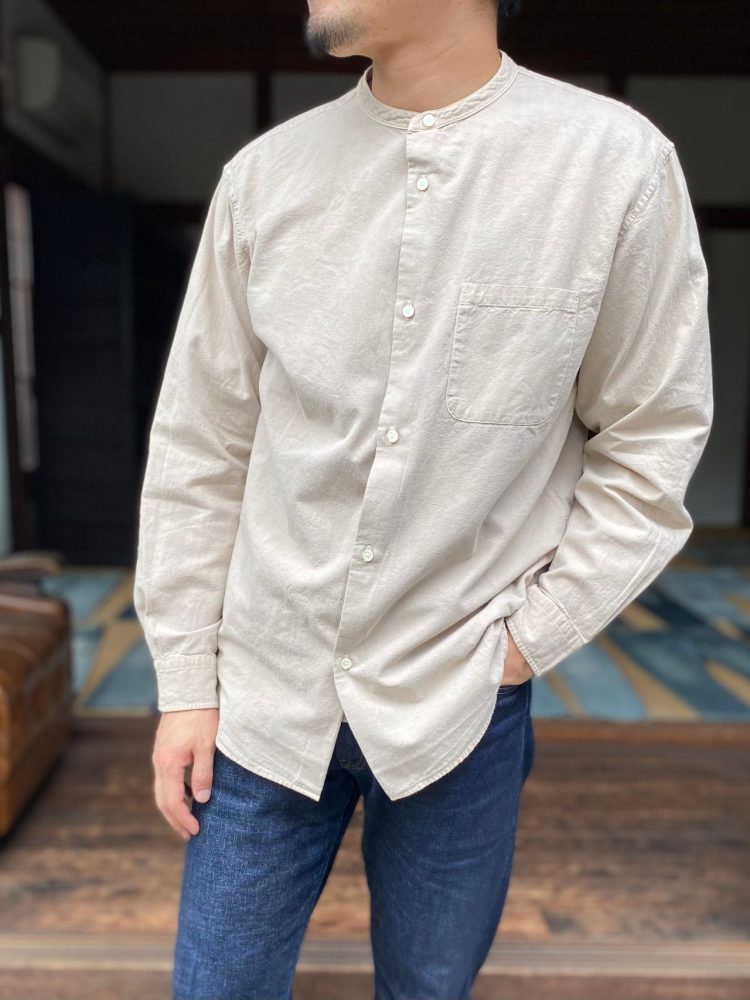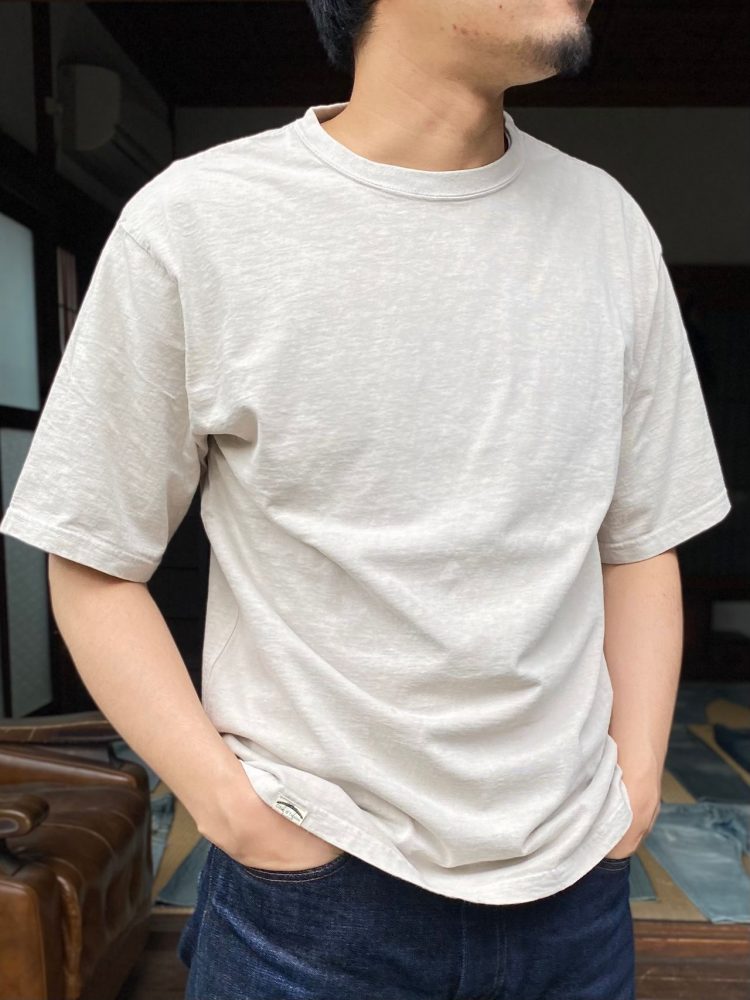
Reusing Coffee Grounds - Fabric Dye

Artisans 101: Using Leftover Coffee Grounds to Dye Fabric
Ever since clothing was invented, colour dying has been a prominent process in the garment world. But did you know that coffee can also play a role too?
Started by Hiroki Kishimoto about 10 years ago, JAPAN BLUE is one of the greatest denim brands not just in Japan, but around the world. Crafted by a group of extremely experienced artisans, every denim is executed by hand throughout the entire production process. They also source a large variety of cottons from around the world, with a focus on not just quality but also sustainability such as their signature cotton: Côte d'Ivoire, handpicked and naturally cultivated. For their Spring Summer 2022 collection, They decided to take their sustainable practices to the next level by using the coffee grounds left over from coffee brewing at their own brand's cafe, JAPAN BLUE GARDEN, to create clothing.
JAPAN BLUE released a collection of garments for this year's Spring Summer collection that have been treated with a coffee dye process. Each garment is hand dyed with coffee grounds to produce a warm, natural, brown tone, perfect for a sophisticated and down to earth look.
This creates another use purpose for what many will consider to be waste, which ultimately helps our environment. The result is a garment with a beautiful and unique colour tone that can only be expressed with coffee dyeing.
JAPAN BLUE collects leftover coffee grounds from their cafe, and air dries them for about a year. The drying removes all unnecessary moisture from the grounds that may affect the quality of the colour. The process then begins:
- Put dried coffee grounds in a net.
- Submerge the net with coffee grounds in a huge pot of boiling water.
- Turn off the boil and let the coffee grounds sit in the water.
- The colour of the water should begin to change to a brown tone. If a darker dye is preferred, allow the coffee grounds to submerge in the water longer.
- Begin to add cotton based products into the pot for the colour dyeing. Some prefer to tie up garments in a bundle, other with no treatment. This step varies depending on how you want the colouring to contact the cotton.
- Add a mordant to fix and stabilize the colour as the cotton dyes.
- Remove the cotton products for washing and drying.
- COMPLETE!
The process sounds simple, however great craftsmanship is required in order to achieve evenness of the colour. Without practice and experience, some areas may appear darker or lighter than others.


We hope to inspire more people to get creative and reuse a lot of things we may deem to be waste to produce new goods. There are a lot more different crafts that consists of the use of coffee grounds, so more will be shared down the line.
All images are sourced from JAPAN BLUE.


